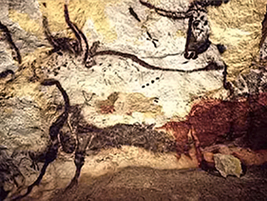 One of our reasons for choosing the Dordogne for this brief break from our daily grind in the UK is that the Kickass Canada Girl has an enthusiasm for pre-historic cave art. I found myself wanting to write ‘Neolithic’ then rather than ‘pre-historic’ because it just somehow felt right, but the period in question is actually the Magdalenian, of which – I must confess – I had no previous knowledge at all. This is – however – from the man who complained after sitting his physical geography ‘A’ level paper that there had been no question on glaciation – a subject on which he had particularly ‘mugged up’. Sadly that mugging up had not included the key phrase ‘Pleistocene Era’. Doh! My, how the other kids laughed!
One of our reasons for choosing the Dordogne for this brief break from our daily grind in the UK is that the Kickass Canada Girl has an enthusiasm for pre-historic cave art. I found myself wanting to write ‘Neolithic’ then rather than ‘pre-historic’ because it just somehow felt right, but the period in question is actually the Magdalenian, of which – I must confess – I had no previous knowledge at all. This is – however – from the man who complained after sitting his physical geography ‘A’ level paper that there had been no question on glaciation – a subject on which he had particularly ‘mugged up’. Sadly that mugging up had not included the key phrase ‘Pleistocene Era’. Doh! My, how the other kids laughed!
Anyway – the Girl came to the subject through the works of the American authoress – Jean M. Auel – who wrote the ‘Earth’s Children’ series of books, of which ‘The Clan of the Cave Bear’ is the first and – possibly – the best known. Now – I must admit to not having read any of these titles but – as those who know me will be only too aware – I have always been drawn to those who have an enthusiasm for pretty much anything and in this case the Girl’s avidity was infectious. Hence, the Dordogne… hence, trips to a number of cro-magnon sites.
We have in the last few days visited cave sites at Rouffignac, Lascaux and Peche Merl. All were fascinating in equal measure, whilst all being at the same time completely different.
Rouffignac is an extensive ‘dead’ limestone cave system. In other words, though the caves were formed by the action of acid-laden water they are now completely dry. The system is sufficiently extensive that visitors travel to a depth of approximately a kilometer underground on a small electric railway that winds its way through the subterranean passageways. The caves feature both engravings – many of which are of mammoths – and drawings of horses, bison, ibexes and rhinoceroses. One of the many mysteries of this cave art is that there are no representations of the animal with which Magdalanian Man was most familiar (it comprising the better part of his diet) – the reindeer.
Several days later we paid an unexpected visit to Lascaux. The reason I say ‘unexpected’ was that all of the Girl’s research prior to our journey south suggested that getting to see any of the cave systems might prove difficult. The numbers allowed into the caves on any given day are extremely small since preservation of the fragile drawings is the imperative and they can be damaged by an excess of carbon dioxide in the air. Visits to most sites – according to the literature at least – cannot be booked before the day concerned and thus queues form very early in the morning to ensure entry.
Our hosts in the Dordogne – of whom more in a later post – advised us that this was a gross exaggeration, and indeed we arrived at the ticket office for Lascaux (in the neighbouring village of Montignac) at 10:30am and acquired tickets for an English tour at 11:00am. Not much of a wait there! A similar story could be told concerning Peche Merl. The website advised that tickets could be reserved in advance, but that to do so one had to book a week or more ahead. Ploughing ahead regardless I was able to book tickets just a couple of days in advance – and for the time of our choice. The lesson is – don’t at believe everything that you read on the InterWebNet – though I expect that you knew that already.
At Lascaux – of course – one cannot see the original cave itself, it now having been sealed safely away from heavy-breathing visitors. The clever French have – however – created a complete underground replica of the cave which they call Lascaux II. This millimetre exact copy of the original is made of concrete and is thus not prone to the decay that is endemic to the limestone equivalent. Even in copy form Lascaux was exquisite.
However beautiful it may have been, however, we had clearly saved the best until last – with Peche Merl. This cave is in the valley of the Lot, rather than that of the Dordogne, and was a two hour trip from where we are staying. It was – as you will see if you follow the link above – completely worth the trip, with fabulous and moving drawings of horses, mammoths and outlines of the human hand, but also with a dazzling display of stalactites and stalagmites. Those of you who remember the works of Roger Dean will recognise clearly the organic forms built up over the millenia in the rock formations. Perhaps the most moving details of all were the footprints of a cro-magnon adolescent which had been preserved at the bottom of a dried out pool. Really quite spooky.
There are many strange and unexplained phenomena in these eerie grottos in the limestone hills of the Perigord. I may revisit the subject in a future post – or perhaps even persuade the Girl herself so to do.

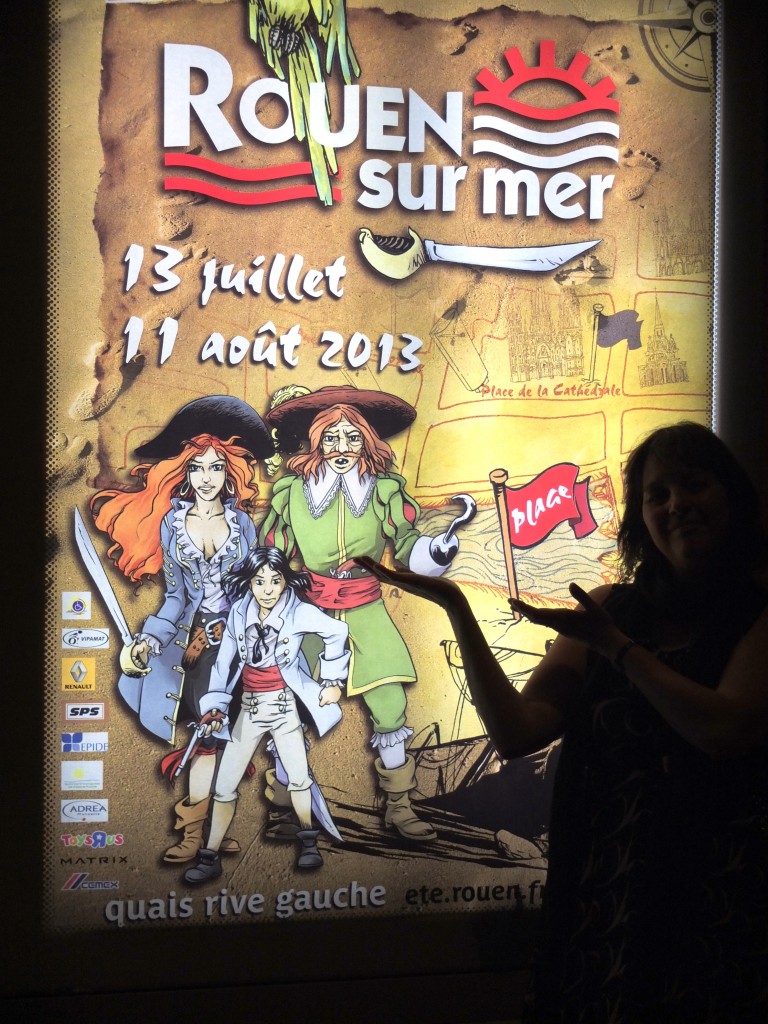
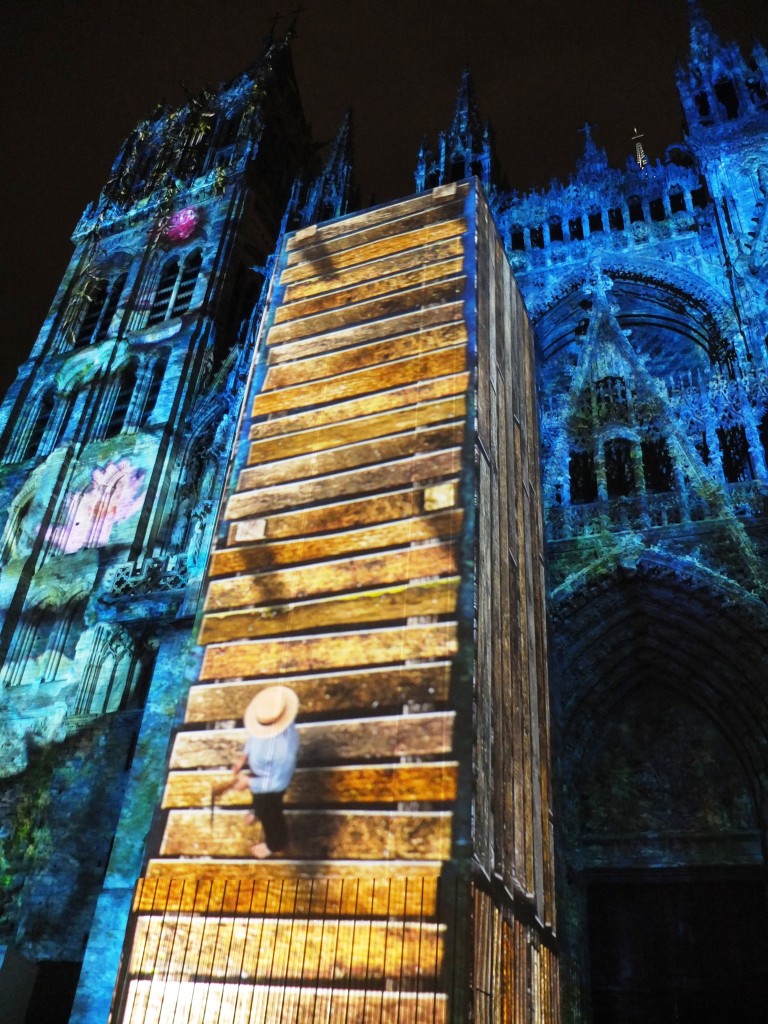
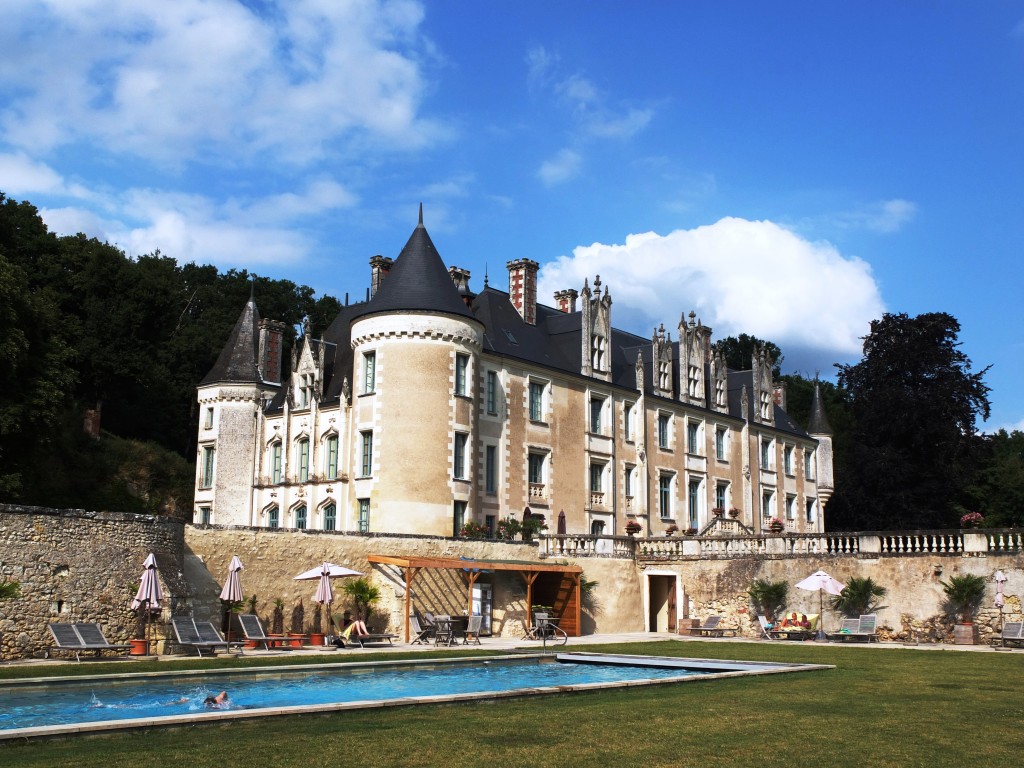
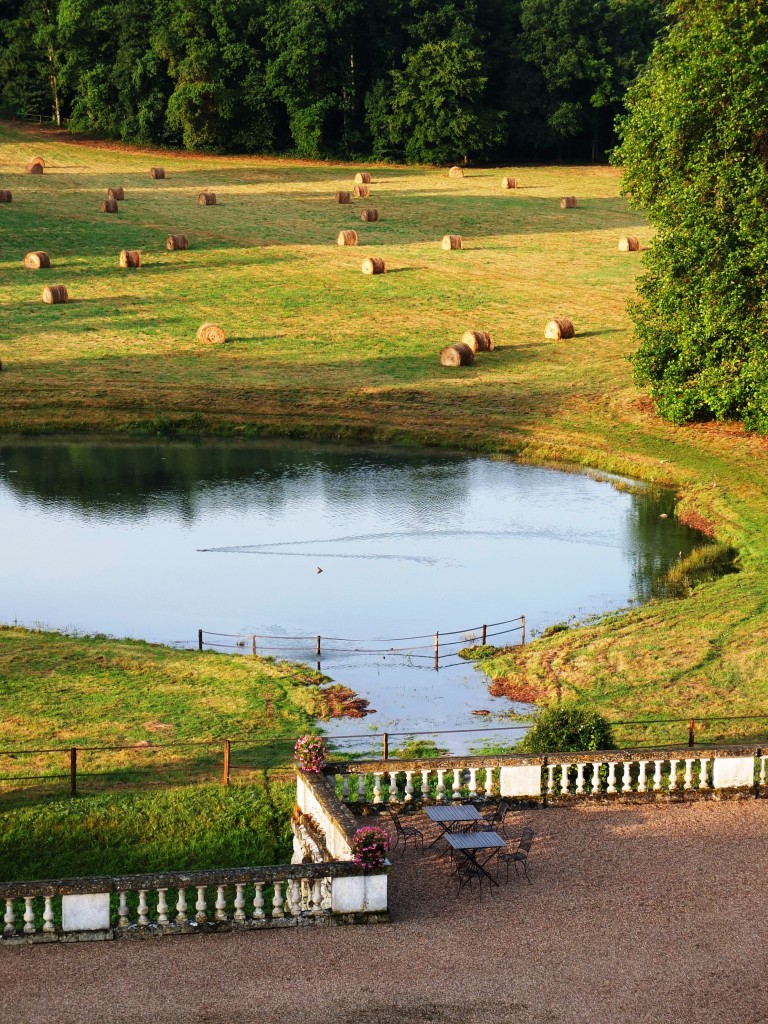
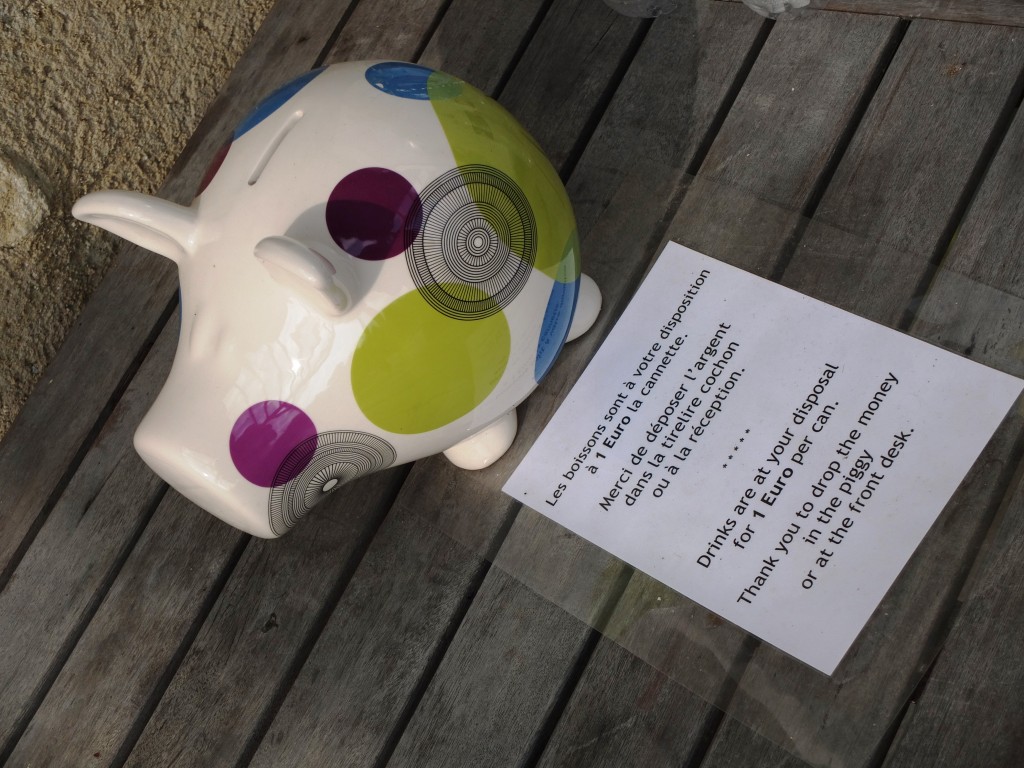
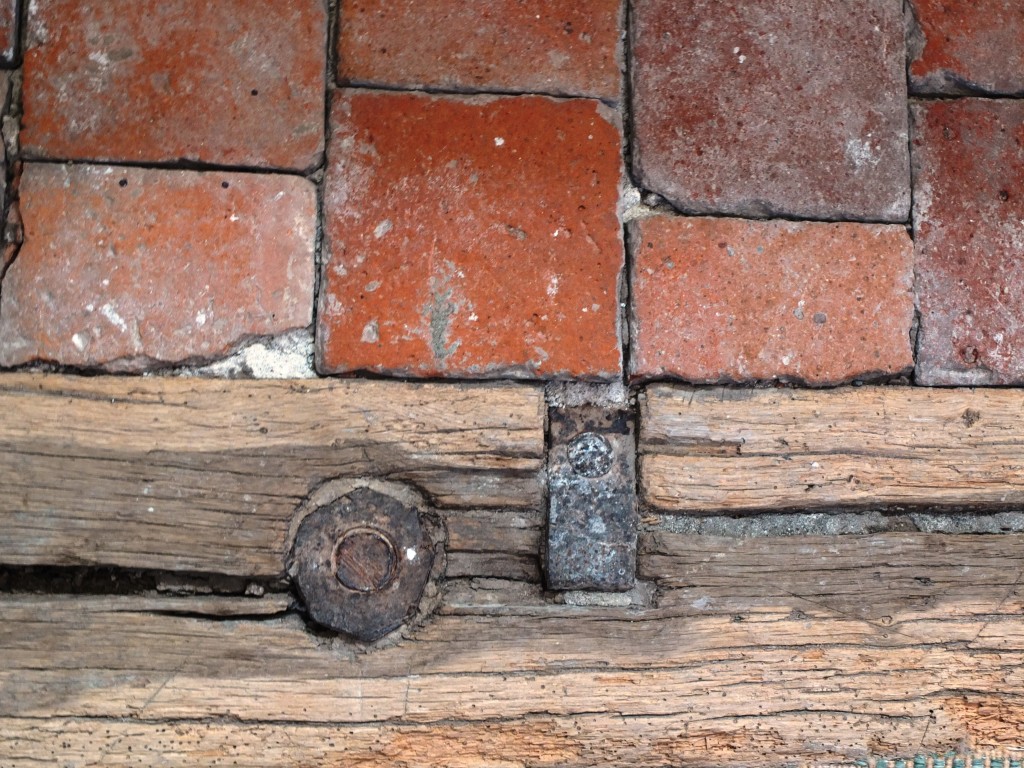

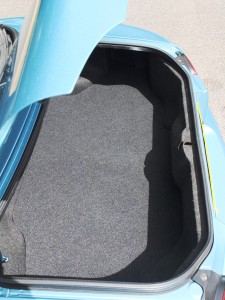


Recent Comments